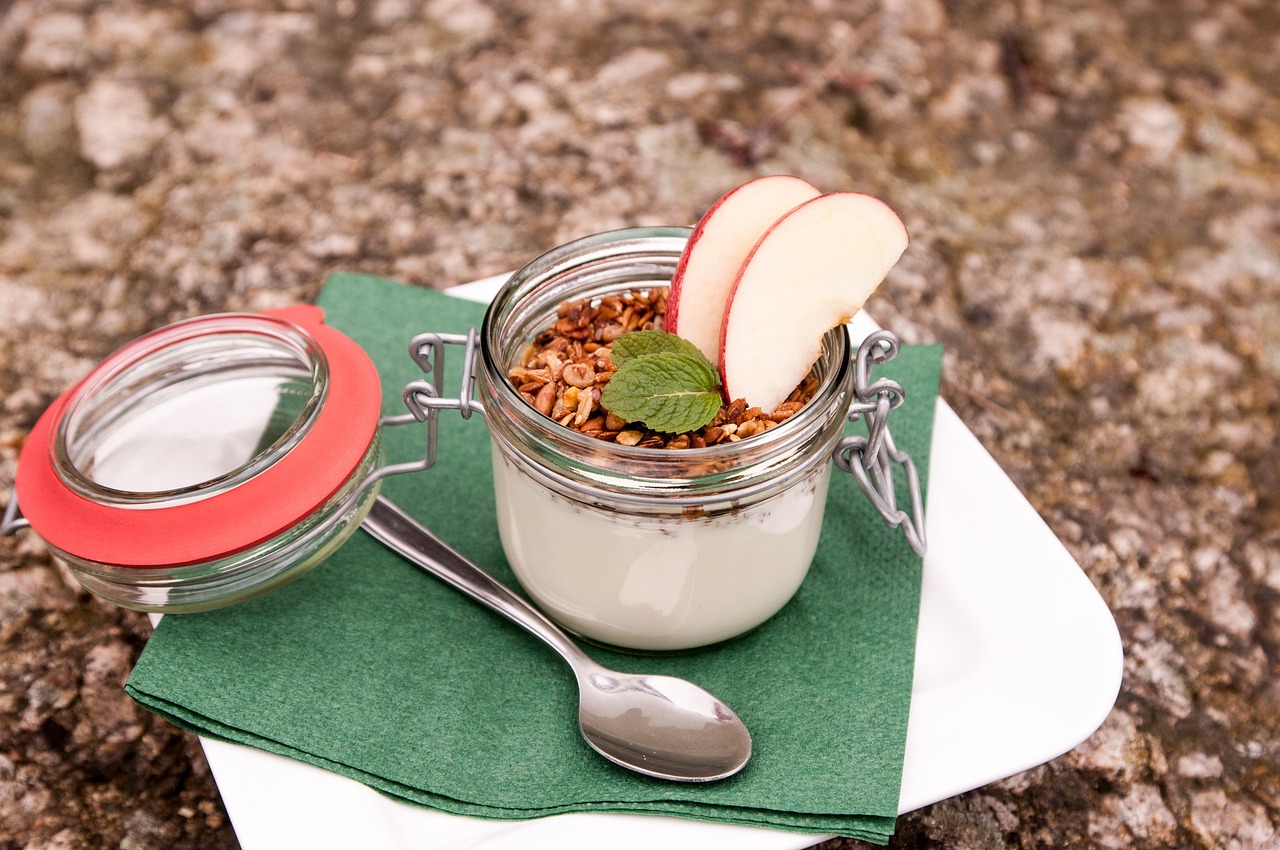
In the quest for effective weight management, the theory of satiety per calorie emerges as a guiding principle, directing individuals towards food choices that not only satisfy nutritional needs but also promote a sense of fullness relative to their calorie content. This theory proves especially valuable in the realm of weight loss, where maintaining a caloric deficit is paramount. We delve into the theoretical underpinnings of satiety per calorie and provide practical applications, with a focus on convenient and accessible snack options that align with this principle.
The Science Behind Satiety per Calorie:
The concept of satiety per calorie is grounded in scientific principles that highlight the importance of nutrient density, fiber content, protein richness, low energy density, and glycemic index. Nutrient-dense foods deliver essential vitamins and minerals, while fiber and protein contribute to a feeling of fullness. Low-energy-density foods, such as vegetables and fruits, offer volume without excess calories, and opting for low glycemic index options helps stabilize blood sugar levels.
Practical Application for Weight Loss:
When applied to weight loss, the satiety per calorie theory provides a roadmap for creating meals and snacks that facilitate a caloric deficit without leaving individuals feeling deprived. By strategically incorporating nutrient-dense and satisfying foods, one can navigate the journey to weight loss more comfortably and sustainably.
Maximizing Satiety with Convenient Snack Options:
For those seeking convenient and readily available snack options, here is a list of snacks that maximize satiety per calorie, including the measurement of each element and the total calories, along with a relative satiety score:
- Greek Yogurt with Berries and Almonds:
- 1 cup of non-fat Greek yogurt (Protein: 23g, Calories: 130)
- 1 cup of mixed berries (Fiber: 8g, Calories: 50)
- 1 ounce of almonds (Protein: 6g, Fiber: 3.5g, Calories: 160)
- Total Calories: 340
- Relative Satiety Score: High
- Vegetable Sticks with Hummus:
- 1 cup of carrot and cucumber sticks (Fiber: 4g, Calories: 50)
- 2 tablespoons of hummus (Protein: 2g, Fiber: 2g, Calories: 70)
- Total Calories: 120
- Relative Satiety Score: Moderate
- Hard-Boiled Eggs with Whole Grain Crackers:
- 2 hard-boiled eggs (Protein: 12g, Calories: 140)
- 1 serving of whole-grain crackers (Fiber: 3g, Calories: 70)
- Total Calories: 210
- Relative Satiety Score: High
- Apple Slices with Peanut Butter:
- 1 medium apple (Fiber: 4g, Calories: 95)
- 2 tablespoons of natural peanut butter (Protein: 8g, Fiber: 2g, Calories: 180)
- Total Calories: 275
- Relative Satiety Score: High
Another Option Canned fish:

It can be an excellent option for a high-satiety, nutrient-dense snack, especially for those aiming for weight loss. Canned fish, such as tuna, salmon, or sardines, offers several benefits:
- High Protein Content:
- Canned fish is rich in protein, which is known for its high satiety value. Protein helps to keep you feeling full and satisfied, reducing the likelihood of overeating.
- Omega-3 Fatty Acids:
- Fatty fish like salmon and sardines are high in omega-3 fatty acids, which are essential for heart health and can contribute to a feeling of fullness.
- Convenience:
- Canned fish is convenient and requires minimal preparation. It’s a quick and easy snack option, making it suitable for busy schedules or on-the-go.
- Low in Calories:
- Canned fish tends to be relatively low in calories, especially when packed in water. This makes it a suitable choice for those watching their calorie intake for weight loss.
- Portability:
- Canned fish is portable and doesn’t require refrigeration until opened. This makes it a convenient option for a snack at work, during travel, or when other fresh options may not be readily available.
- Nutrient Density:
- Canned fish is nutritionally dense, providing essential nutrients like vitamins (such as vitamin D) and minerals (such as calcium if bones are consumed in canned salmon or sardines).
Tips for Choosing Canned Fish:
- Opt for Water-Packed Varieties:
- Choose fish canned in water rather than oil to keep the calorie content lower.
- Check Sodium Levels:
- Be mindful of sodium content, as some canned fish products can be relatively high in salt. Look for options labeled as low-sodium if you are watching your salt intake.
- Variety Matters:
- Experiment with different types of canned fish to keep your snacks interesting. Tuna, salmon, sardines, and mackerel are popular choices.
- Pair with Whole Grains or Vegetables:
- Enhance the satiety of your canned fish snack by pairing it with whole-grain crackers or a serving of vegetables.
Conclusion:
In conclusion, the theory of satiety per calorie provides a valuable framework for making informed choices in the pursuit of weight loss. By selecting snacks that prioritize nutrient density, fiber, and protein, individuals can foster a sense of satisfaction while effectively managing their calorie intake. The provided snack options are simple to obtain or prepare, offer a practical and accessible way to align with the principles of satiety per calorie, making the journey to weight loss not only achievable but also enjoyable.




